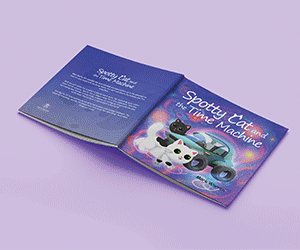Primary Times - the definitive what’s on and where to go family guide of activities and events for children of primary school age. Things to do with your kids during the school holidays including arts and craft activities, music and theatre for children, parties, competitions, days out, and family attractions along with term time drama schools, dance classes, after school clubs and sports activities. Things to do at a place near you!
Having a safe and fun time at the beach

If you see a red flag at the beach then this means dangerous conditions so do not enter the water.
We want you to stay safe and well at the beach this summer, and there are a few of things you can do on arrival to help us to help you.
- Look out for signs that the beach has lifeguards on duty – you should be able to see red and yellow flags. Swim between the red and yellow flags. More information on flags and their meanings can be viewed here.
- Seek expert local advice – whether that be from the lifeguards, tourist information centres or local coastguard stations about which areas of the beach are safe and what time the tides draw in if you’re going for a walk.
- Beware of structures such as piers, jetties, and groins as they all pose a risk to swimmers. Not only can waves knock you into these areas and injure you, they are also a prime environments for rip currents to occur.
Sunburn

Keep topping up the suncream for you and the little ones at regular intervals.
We recommend a strength of at least factor 30 to prevent the strong UV rays from the sun damaging your skin.
Apply sun cream at least 30 minutes before venturing out into the sun and then at least every couple of hours to maintain protection.
Between 11am and 3pm, stay out of direct sun and stick to shaded areas of the beach.
If you do get sunburn, it can be treated with self-care by getting out of the sun, hydrating with water and soothing the burn with after sun lotion.
Cuts and grazes
You should consider wearing shoes or sandals in areas that look uneven or could cut the soles of your feet.
Minor cuts can be dealt with using simple first aid. Grabbing your travel first aid kit that you brought with you should always be your first line of defence.
We have advice on what to do if you haven’t brought a first aid kit with you.
Use cool running water over anything like a graze, cut or a burn before treating the area to wash out any dirt or sand. Wipe your hands before with antibacterial wipes and apply latex gloves if you have them.
Tides

Be aware of your surroundings so you don't find yourself getting cut off from dry land by a tide.
Tide times and heights vary throughout the month and can easily catch you out if you haven’t checked them.
The UK has some of the biggest tidal ranges in the world.
The two types of tide are spring tide (has nothing to do with the season but refers to the ‘springing forth’ of the tide) and neap tide. Spring tides come further up the beach than neap tides however both can be dangerous.
To avoid getting cut off by the tide:
- Before you head out, make sure it's safe. Check the tide tables.
- While you're out, be aware of your surroundings and the tide's direction.
If you notice the water coming closer, then leave the beach while your access routes are not cut off by the sea.
And finally
Make sure you have what3words installed on your phone. If you get separated from family and friends during your time at the beach, you can go into the app, find your location and then send it to the person who you want to find you.
You can also pass on your what3words address to the emergency services in a time-critical situation too.
Identify where your nearest pharmacy, urgent treatment centre and emergency department is so you know the route to make your own way to these services if needed.




